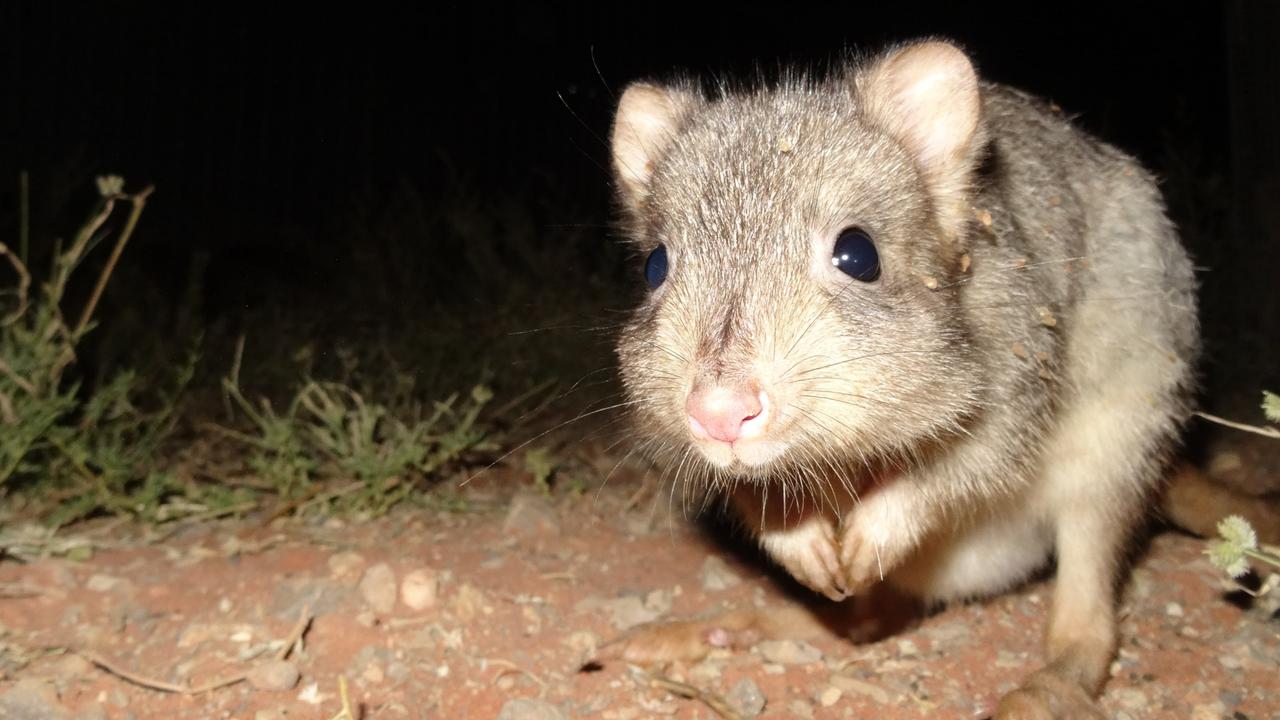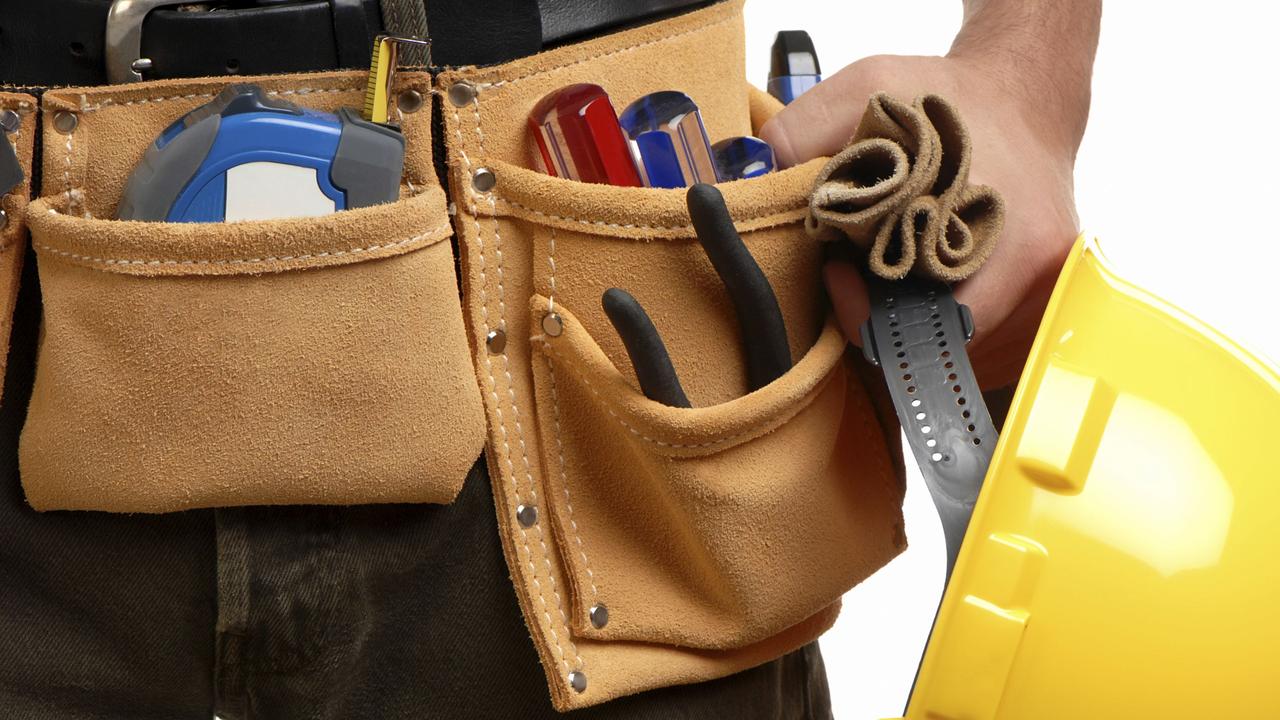Pain over Whyalla steelworks overshadows positive SA jobs figures
SOUTH Australia’s unemployment rate has dropped slightly, but fears are growing over the potential severity of a closure of the Whyalla steelworks.
SA News
Don't miss out on the headlines from SA News. Followed categories will be added to My News.
SOUTH Australia’s unemployment rate has dropped below seven per cent for the first time since March, coming in at 6.8 per cent for January.
But the news is little consolation for workers of Whyalla, where one in three workers would be left unemployed or short of hours due to flow-on effects from a steelworks closure, according to the Director of Australian Industrial Transformation Institute, Professor John Spoehr.
ABS unemployment figures for January released this morning show that state retains the worst jobs numbers and there are 60,000 people unemployed.
Although this number has been falling in recent months so too has the size of the labour force, suggesting jobseekers might be giving up looking for work altogether.
The decline in the unemployment rate in January, from 7.1 per cent in December, was driven by the creation of around 1000 jobs.
Despite the modest unemployment fall, State Employment Minister Kyam Maher said the Government anticipated more employment pain.
“While we have already started to see the effects of the changing nature of our economy, we know thousands of people will be impacted when General Motors Holden closes its Elizabeth plant next year – including workers in the car components supply chain and people who work for the many other businesses supporting the automotive industry,” he said.
At 6.8 per cent of the labour force, South Australia’s unemployment rate is still slightly higher than the next worst figure of 6.5 per cent, for Tasmania.
State Liberal employment spokesman Corey Wingard said he welcomed the reduction in the unemployment rate but the figures “won’t help the people in Whyalla”.
“South Australia still has the worst unemployment rate in the nation and Premier Jay Weatherill needs to do more,” he said.
South Australia’s trend unemployment rate - which smooths out this month-to-month volatility - was 6.9 per cent.
Although monthly unemployment figures are volatile, the move below 7 per cent of the trend unemployment rate represents an important marker.
The national unemployment rate rose slightly to 6 per cent from 5.8 per cent, but actually dropped slightly to 5.9 per cent on trend driven by positive results over November and December.
Yesterday, mining and steel company Arrium announced it needs to put its steelworks into “care and maintenance” and a decision would be made by midyear on its future. The steelworks employs 1150 workers and another 450 contractors.
Prof Spoehr said Whyalla was “very much a company town to the extent that Arrium dominates that economy, not only in terms of the direct jobs and the flow-on jobs”.
The entire labour force in the Whyalla area is just under 11,000, according to the Department of Employment, with many retail and services businesses reliant on the steelworks and steelworkers for revenue.
Prof Spoehr said that even by conservative estimates, “you’re looking at around 30 to 40 per cent of the labour force impacted by closure”.
After peaking at 10 per cent in late 2014, Whyalla’s unemployment rate has actually decreased in the last year despite publicised job losses. It was hovering at around 7 per cent in September last year, the last available local figures, with 730 workers unemployed.
According to Prof Spoehr, a closure of the steelworks would drive people into unemployment or out of town and one third of mature male workers would be unlikely to find new jobs.
But the low Australian dollar could provide some hope for staff made redundant.
“The low Australian dollar helps at the moment because there is significant growth prospects in tourism and of course agricultural and horticultural exports,” Prof Spoehr said.
“That’s relatively good news in an otherwise gloomy environment — if the dollar was high as well it would be very difficult to find alternative jobs in the region.”
Arrium’s mining operations are also running at a loss, putting another 1400 jobs at risk.
Arrium Managing Director Andrew Roberts said yesterday that “we need all stakeholders to play a role in securing the business’s future”.


